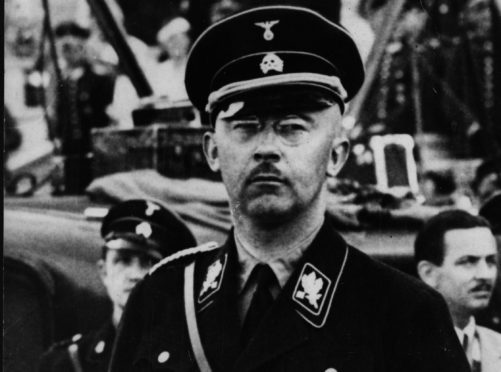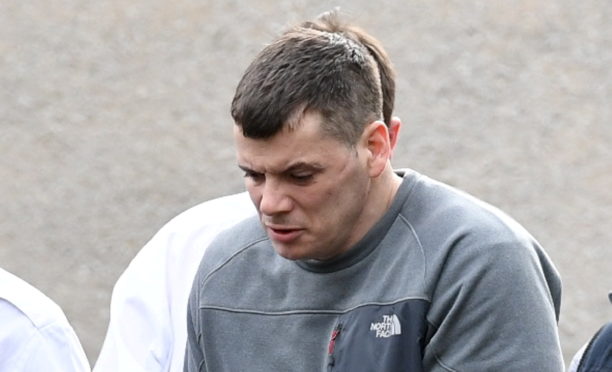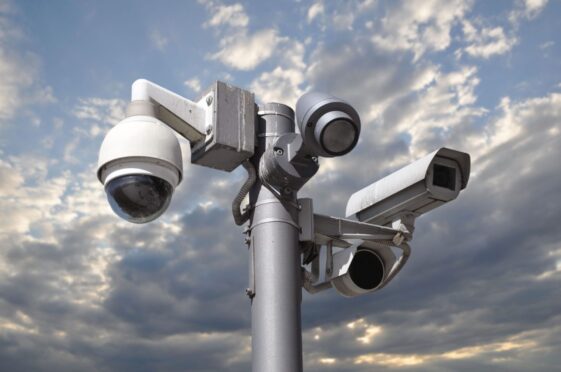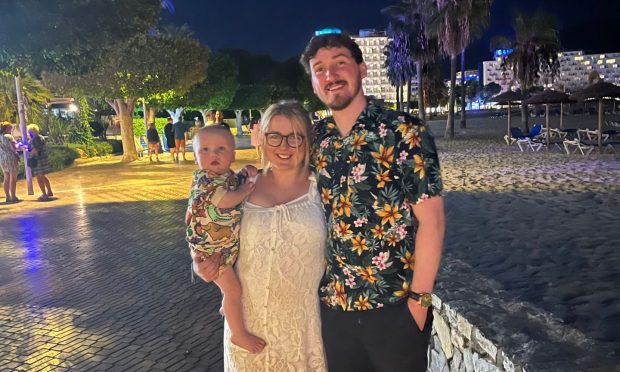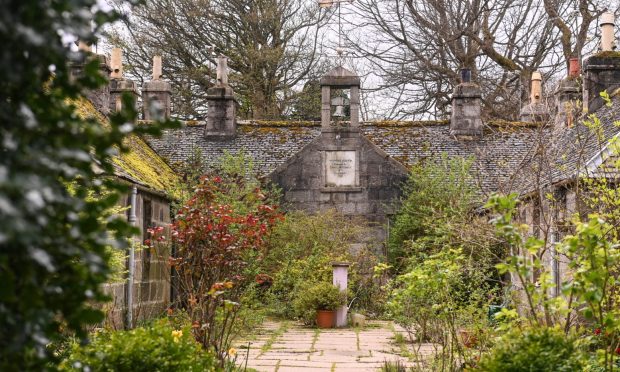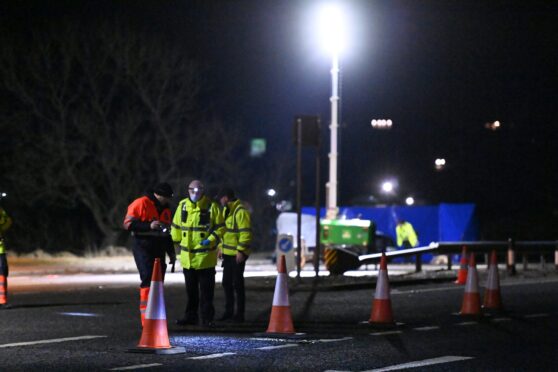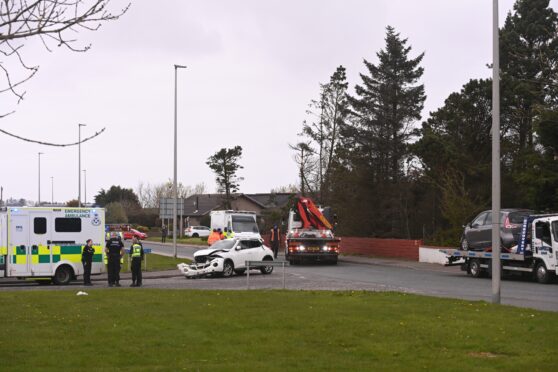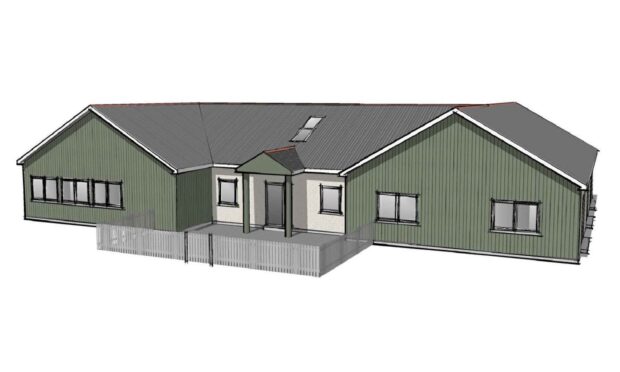The family of an Aberdeen-born soldier who may have played a key role in the capture of notorious Nazi Heinrich Himmler has been traced.
Last week, we reported historian Chris Mannion’s mission to find the men of the 96 battery, 73rd anti-tank regiment, Royal Artillery, who arrested the sinister SS chief.
Himmler was stopped by a patrol in Germany in 1945 as he and two other Nazis attempted to smuggle themselves to safety using forged papers.
>> Keep up to date with the latest news with The P&J newsletter
Mr Mannion’s own grandfather, Lance Sergeant Patrick Mannion, was one of those involved in capturing the war criminal and after searching through records he found a Gunner J Muirson, from Seaton in Aberdeen, was also in the regiment.
Now he has found Mr Muirson’s niece, who lives in the north of England and got in touch after spotting the Press and Journal’s article.
It has led him him to a second tale of the compassionate aid offered by men of the same regiment to those imprisoned in a hellish prisoner of war camp.
Mr Mannion said: “Through a mixture of Facebook, a genealogy site and the Press and Journal’s newspaper article I found out that J. Murison is James Murison.
“His family knew nothing of the Himmler capture, but did have a photo of him and they also recognised him in the battery photograph.
“James worked as a fisherman after the war and simply got on with his life and by all accounts was a good man.
“Sadly, he died in 1983 and his family say he didn’t talk much about the war – most veterans never did.”
The family did, however, reveal that Mr Murison arrived at the brutal Sandbostel prisoner of war camp after its liberation to help the struggling men imprisoned there to return home.
Captured soldiers from across Europe were kept in the camp in horrific conditions, with estimates that between 8,000 and 50,000 died there between 1939 and 1945 due to starvation, disease or brutal treatment at the hands of guards.
The 73rd anti-tank regiment had fought through Europe from D-day and onwards through battles in France, Belgium, Holland and Germany.
Perhaps its most famous moment was when five men from the regiment were on a routine patrol in north-west Germany in May 1945.
The patrol stopped three Germans to check their identity papers – one of whom was Holocaust architect Himmler.
The members of the patrol did not themselves recognise the SS commander but they did swiftly spot that his papers were false.
He was subsequently identified and was facing a war crimes tribunal only to kill himself with a cyanide capsule before he could be brought to justice.
Mr Mannion is in the process of tracing all the men in the regiment for a book he is writing on Himmler’s capture.
